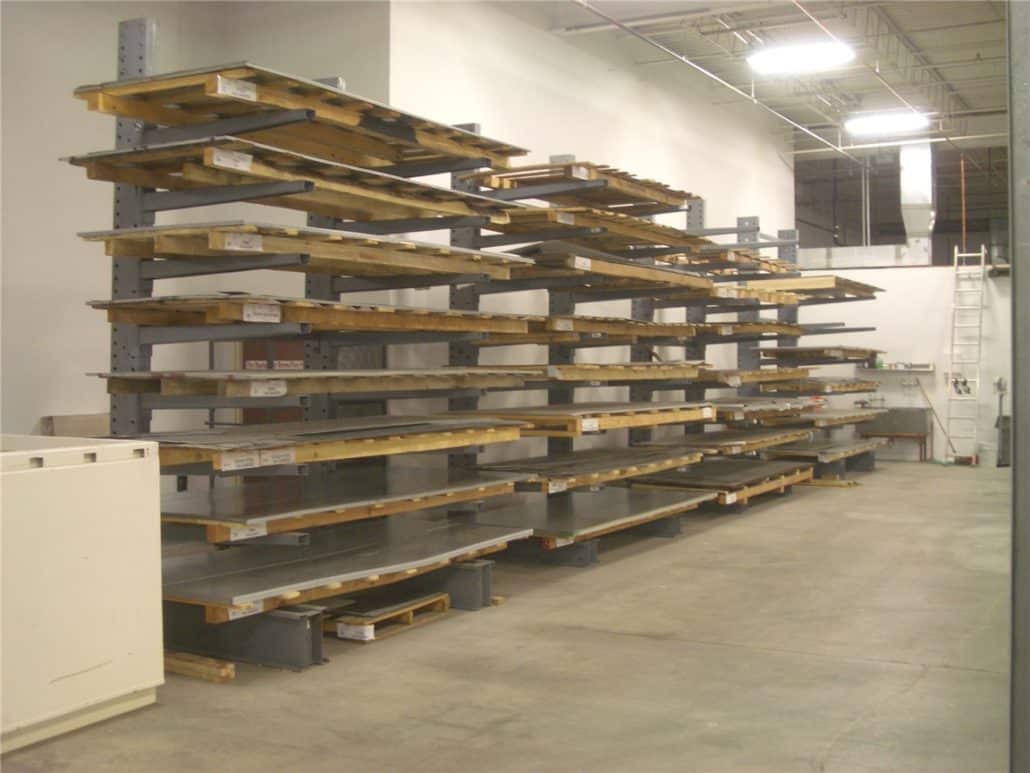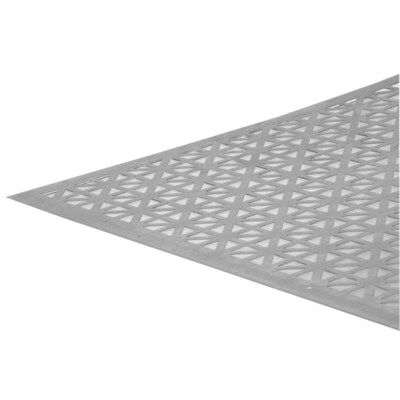Bend Rad For 16g Sheet Metal

When metal is bent the top section is going to undergo compression and the bottom section will be stretched.
Bend rad for 16g sheet metal. Understanding the bend allowance and consequently the bend deduction of a part is a crucial first step to understanding how sheet metal parts are fabricated. You only have to insert interior angle flange lengths k factor inside radius and material thickness. With this free online tool we quickly get the sheet metal bend deduction and therefore the sheet metal blank initial flat length from the finished part measurements. Cells on the right will output the desired values.
The bend allowance and bend deduction are two measures that relate the bent length of a piece of sheet metal to the flat length. When the sheet metal is put through the process of bending the metal around the bend is deformed and stretched. The bend allowance describes the length of the neutral axis between the bend lines or in other words the arc length of the bend. Also known as press braking flanging die bending folding and edging this method is used to deform a material to an angular shape.
Since commercial sheet metal bending can be done with less concern for stresses caused during forming operation the radius can be near zero for thin sheet metal. It is possible to choose other bends if you require but additional lead time and tooling charges may apply. When working with sheet metal it is common for the term gauge to be used someone unfamiliar with the gauge system may not understand what is meant by 18 gauge steel for example. Therefore the bend allowance added to the flange lengths is equal to the total flat.
The k factor in sheet metal working is the ratio of the neutral axis to the material thickness. The bend radius you select may not be available if the geometry of the part will not allow us to bend with the specific tooling required to achieve that radius. With coining and bottom bending the punch nose radius establishes the inside bend radius value to be inserted into the formulas for the bend deduction. The minimum bend radius data shown in these charts is measured to the inside of the bend.
The bend radii listed are standard minimum if manufacturing for aircraft and aerospace applications. The tables below show bend radii and minimum bend sizes for materials and tooling combinations stocked by protocase. We go beyond the general rules of sheet metal bending as our customers want tight bend radii for sheet metal parts. To help this blog will explain the gauge system and features a sheet metal gauge chart.
Use the minimum bend dimension values in the charts below for your minimum closeness of cutout to a bend. Bending is one of the most common sheet metal fabrication operations. The force must exceed the material s yield strength to achieve a plastic deformation. But air forming adds some complexity because the bending method produces an inside bend radius on the part in a completely different way see figure 3.
Material bend radii and minimum bend size charts please note.














































